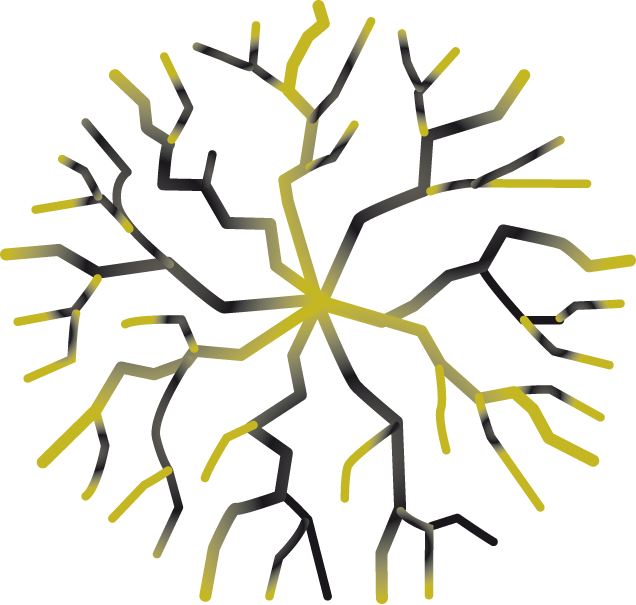Urban expansion exacerbates climate change by increasing emissions and contributing to the degradation of green spaces, thereby harming biodiversity. Effective green space management is crucial to address these challenges, but it poses difficulties in densely built areas. Nature-based solutions, such as Green Roofs (GR), offer a promising approach by utilizing existing rooftops. GR serve as a climate adaptation strategy, combatting land degradation, supporting biodiversity, improving Microclimates, enhancing energy efficiency, and reducing floods. Additionally, GR enhance urban aesthetics, promote social well-being, create job opportunities, and generate income, encouraging communities to reclaim responsibility for green spaces. However, the added value of GR remains debatable, particularly in countries like Jordan, where their benefits for biodiversity protection are uncertain. Amman, among the world’s least ‘green’ cities, exhibits notably low urban biodiversity, making it an ideal case study for exploring the benefits of GR. Our project evaluates the potential of urban GR (roofs and balconies), considering geographical, managerial, and socio-economic factors. Specifically, we analyze the impact of size, isolation, and proximity to surrounding greenery, noise and pollution on biodiversity. Our goal is to develop a suitability map for rooftop greening based on proximity to biodiversity conservation sources. We conduct a biodiversity survey and GIS analysis of the surroundings, followed by multivariate analysis to understand relationships between variables.

